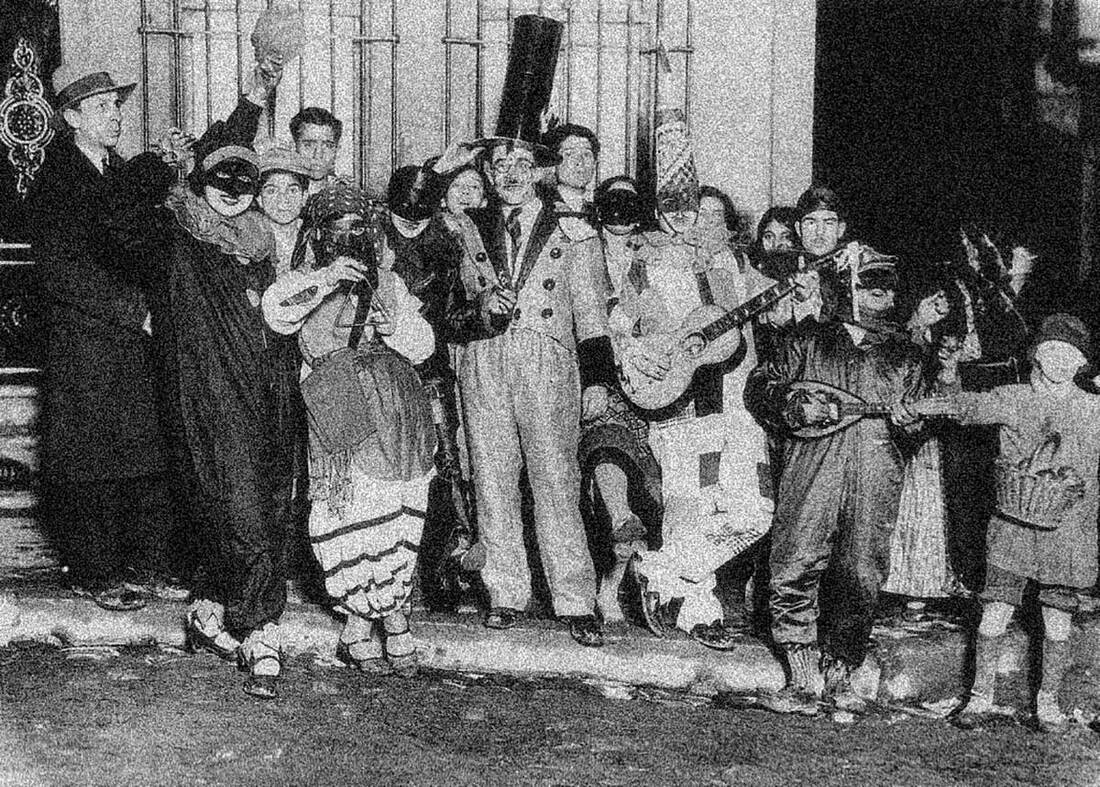|
Narrated by Elif AYDIN Centuries ago, in the heart of Istanbul, amidst the bustling streets and markets, Tatavla emerged as a vibrant neighbourhood. Originally established in the 12th century by Genoese traders seeking shelter for their horses, this enclave, later known as Kurtuluş, blossomed into a cultural melting pot, earning the affectionate moniker "Little Athens."
At the heart of Tatavla's charm lay the Tatavla Carnival, a cherished tradition also dubbed as Baklahorani or Apokria. This spirited festivity, cherished by the Greek Orthodox community until its prohibition circa 1940s, spanned 40 days of revelry leading up to Lent. Commencing with lively processions through the streets, the carnival culminated in the vibrant square outside the Aya Dimitri Church, where laughter and music filled the air. During the carnival, participants adorned themselves in intricate costumes, masks, and theatrical makeup, paying homage to the ancient cultures of Greece and Rome. What began as a celebration of merriment evolved into a profound expression of religious and cultural identity for Istanbul's Christian populace. Yet, the carnival's allure transcended religious boundaries, attracting curious onlookers and participants from all walks of life, including Muslims from nearby areas. In the spirit of carnival, distinctions between performer and spectator dissolved as each individual became an integral part of the colourful tapestry of revelry. The spatial dynamics of the Tatavla Carnival were equally significant, predominantly unfolding within non-Muslim enclaves such as Kurtuluş, Galata, and Pera. Iconic thoroughfares like Istiklal Avenue served as vital arteries for the festivities, welcoming a kaleidoscope of beliefs and backgrounds. From its humble origins as stables for Genoese merchants' steeds to its evolution into a celebration of cultural diversity and expression, the Tatavla Carnival embodied the resilience and ingenuity of Istanbul's communities. Though its official festivities may have ceased, its legacy continues to echo through the cobbled streets and colourful memories of those who revelled in its splendour.
0 Comments
|
Photo © Ara Güler, 1986
Archives |
About |
Our Work |
© COPYRIGHT 2023. ALL RIGHTS RESERVED.
|

